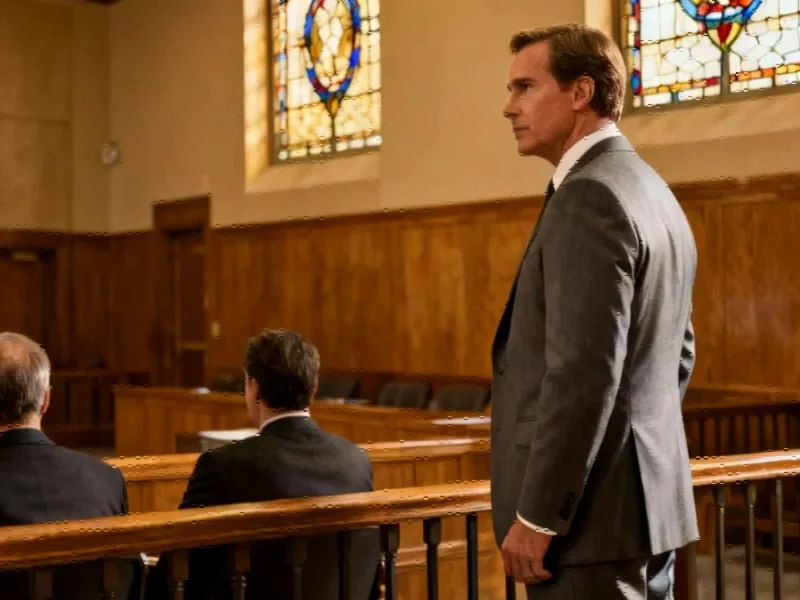Legal Battle Over Software Resale Rights Intensifies
Microsoft has reportedly shifted its legal strategy in the ongoing dispute with software reseller ValueLicensing, moving from denial of wrongdoing to a copyright-based argument that could fundamentally reshape the software license resale market across Europe. According to reports, the tech giant now contends that Microsoft Office qualifies as a creative work protected under copyright law, making the resale of perpetual licenses potentially infringing.
Dispute Origins and Competing Claims
The litigation began in 2021 when ValueLicensing filed a lawsuit alleging that Microsoft had inserted restrictive clauses into customer contracts to suppress the secondary market for perpetual software licenses. Sources indicate the reseller is seeking approximately £270 million in alleged lost profits, claiming Microsoft’s practices unlawfully stifled competition.
Microsoft initially denied the allegations but recently introduced what analysts suggest is a more fundamental defense: that the entire secondary market for Microsoft Office licenses might be illegitimate due to copyright considerations. According to the report, Microsoft representatives argue that Office contains creative elements including icons, fonts, and documentation that qualify it as a creative work under the Copyright and Information Society Directive rather than the Software Directive.
European Legal Precedent at Center of Dispute
ValueLicensing reportedly bases its position on the landmark UsedSoft decision from the European Court of Justice, which established that used software licenses could be resold. However, Microsoft contends this precedent doesn’t apply to Office products, creating a legal gray area that the UK Competition Appeal Tribunal must now resolve.
During preliminary hearings, tribunal chairman Justin Turner KC reportedly noted that Microsoft’s copyright argument emerged “relatively recently,” suggesting the legal team might have developed a novel approach to the case. The proceedings are being closely watched throughout the technology sector as potentially setting important precedents for copyright infringement claims involving software products.
Broader Implications for Software Market
According to industry observers, a ruling in Microsoft’s favor could significantly impact the pre-owned software market across Europe. ValueLicensing founder Jonathan Horley told The Register that the judgment would interest numerous resellers and affect the separate Wolfson class action against Microsoft regarding alleged market dominance abuses.
Microsoft has also reportedly claimed that volume licensing agreements require licenses to be sold in their entirety rather than partially, though ValueLicensing disputes this interpretation. The case highlights ongoing tensions between software creators and resellers amid evolving software directive implementations across European markets.
Potential Market Consequences
Legal analysts suggest that should the tribunal accept Microsoft’s copyright argument, it could create substantial challenges for the secondary software market that has operated since the 2012 UsedSoft decision. According to commentary from legal experts, the case could determine whether software primarily functional in nature can be reclassified as creative works for copyright purposes.
The ongoing proceedings before the Competition Appeal Tribunal continue to draw attention from across the technology industry, with potential implications for how companies approach Microsoft licensing agreements and broader industry developments in software distribution. A judgment is expected to clarify the legal standing of software resale in European markets and potentially establish new precedents for copyright protection of functional software products.
This article aggregates information from publicly available sources. All trademarks and copyrights belong to their respective owners.
Note: Featured image is for illustrative purposes only and does not represent any specific product, service, or entity mentioned in this article.



